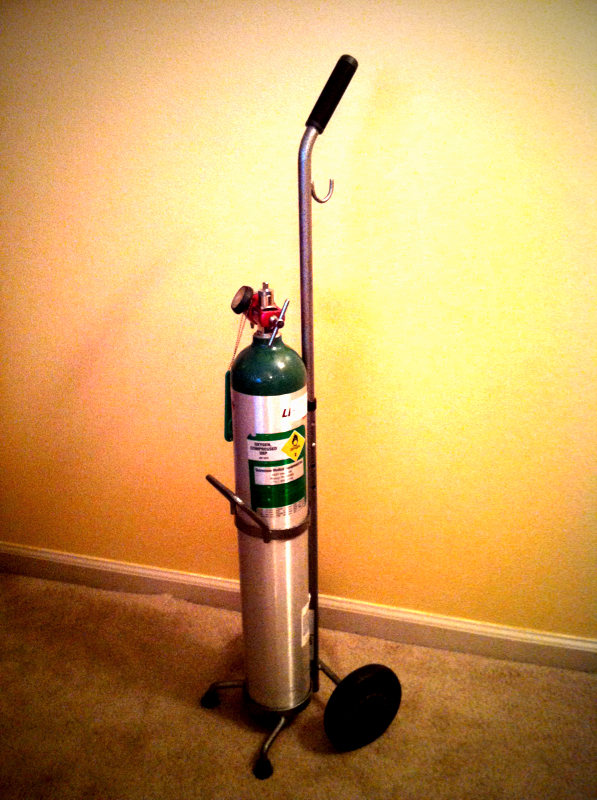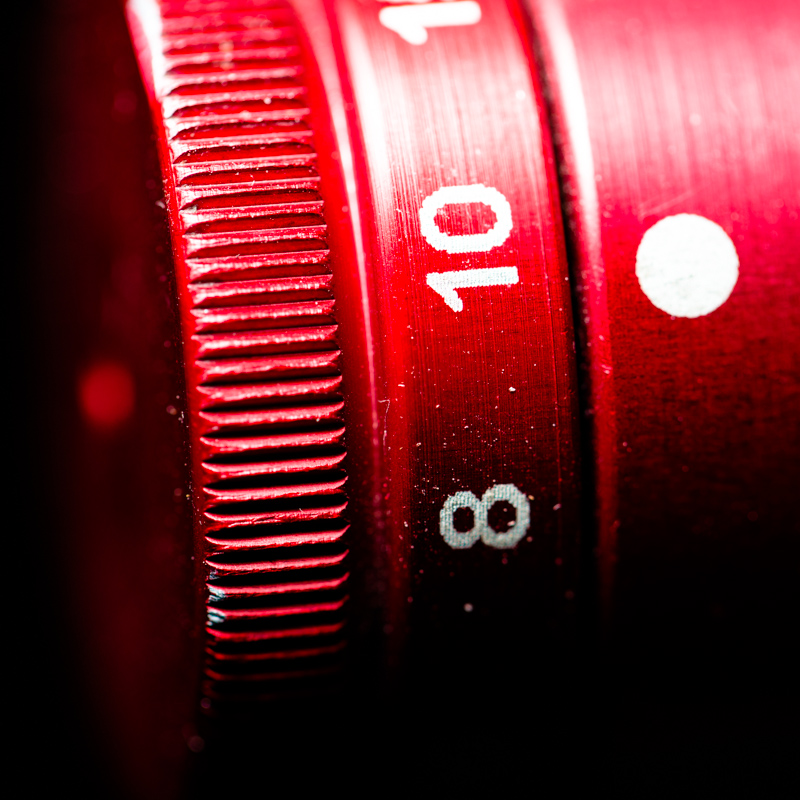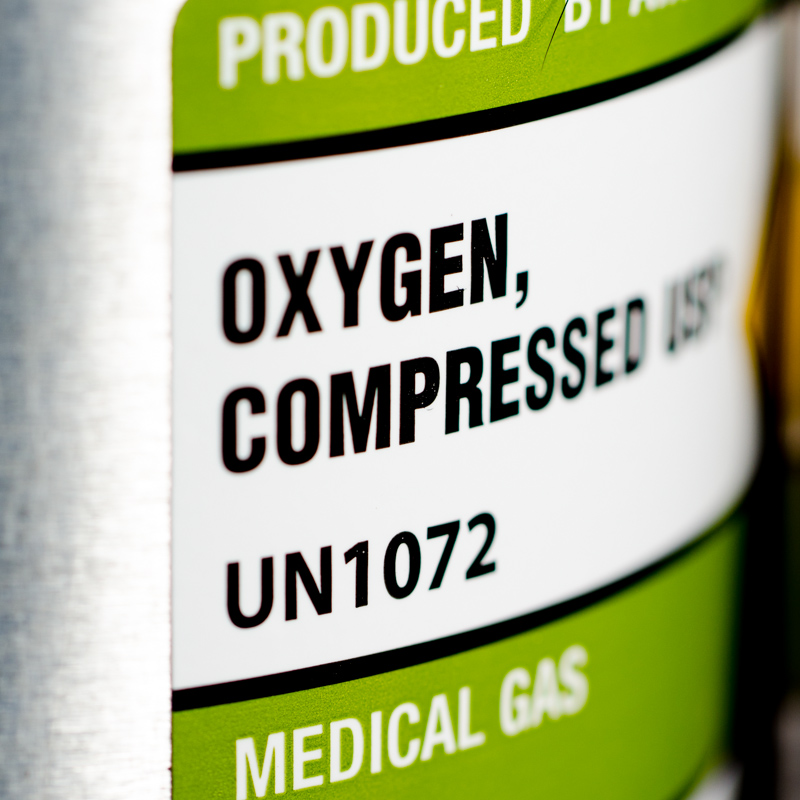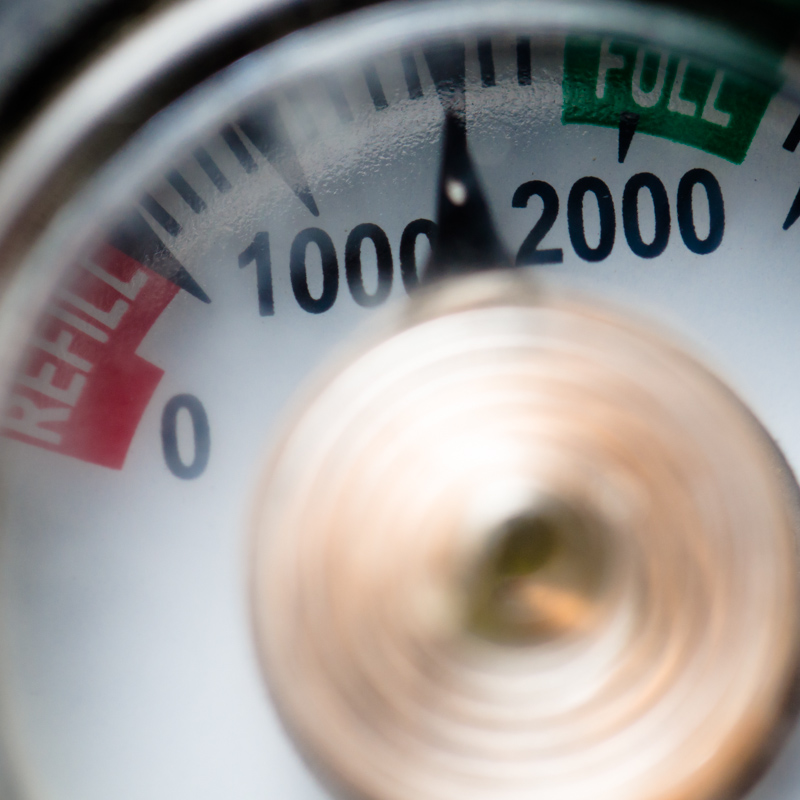For years and years, I’ve had weird ‘groups’ of what I thought were migraine headaches. I thought that all horrible headaches were migraines.
But these were strange. For one thing, they happened in groups – I’d be fine for a year or two, and then I’d be hit with an awful headache every other day for a month and a half. And then they’d be gone, just like that. They didn’t really act like regular migraines – I never had auras and didn’t feel nauseated and didn’t throw up. I wasn’t particularly sensitive to light or sound. I didn’t respond very well to migraine medicine. And while I understood that migraines hurt a lot, these headaches seemed worse. People would say “oh, I have a terrible migraine” but they’d often still be able to drive, or talk – when I had one, I couldn’t do anything but pace and bang my head on the wall. And when the headache was finally over, hours later, I’d need to sleep for a couple of hours before being able to function again. Even then, I’d be exhausted and sore for at least another day, just from my body’s reaction to the pain.
A couple of years ago, I had another group of headaches. This time when I went to the doctor, though, he said he thought I had something called cluster headaches. I read some things about clusters, and agreed – what I was reading exactly matched what I’d experienced. By the time we figured this out, though, I was nearing the end of a six-week cycle of pain and we didn’t have time to test his theory.
“It feels like a burning hot poker being shoved through your eye while an elephant stands on your temple, while someone is punching you in the back of the head and pulling on your hair,” said Justin Ott, 31, when describing the pain of a cluster headache.
When I started having headaches again, at the first of September, I remembered what he’d said. I almost always get headaches at night, but somehow I managed to ‘delay’ one of the first headaches until midday so that I could actually be in the middle of one at the doctors’ office. When I felt it start, I drove straight there. The nurse put me in a room to pace, and by the time the doctor arrived, I was in full horrible headache mode – I couldn’t talk, and I was pacing and crying. I couldn’t even blow my nose, though I needed to. The quote above comes from an ABC News story on oxygen therapy for cluster headaches and is pretty much how I was feeling that day.
Dr. Robert sat down, looked at me, got up, and walked me down the hallway to a back room. I don’t think he asked me any questions at all. He helped me hold an oxygen mask to my face, and he said “I know you can’t do full breaths, but I want you to try.”
And in five minutes, the headache was gone. Not better. GONE. I left the office with a for-sure diagnosis and a for-sure treatment plan. Apparently cluster headaches are caused by a sort of seizure within the brain. Blood vessels near the site of the seizure dilate quickly, putting pressure on the trigeminal nerve, which causes really intense pain (and tearing and a runny nose.) By breathing 100% oxygen, we can trick the dilated blood vessels into constricting, which causes the pressure on the nerve to decrease quickly.
I picked up a prescription for an anticonvulsant drug that afternoon, and went to the home-health store the next day for an oxygen tank and non-rebreather mask. For the next couple of weeks, I still had headaches, and I experimented with using the oxygen: I learned that if I started breathing through the mask when I first felt a headache begin, it would only delay the pain. I had to wait until the headache was really bad, but if I did that, I could breathe 100% oxygen at 10-15 liters per minute for about ten minutes and the headache would go away and stay gone. And after about two weeks on the anticonvulsant medicine, I didn’t start the headaches anymore.
I’ve spent the rest of the month feeling really tired and strange. My regular mood-fixing medicines don’t work anymore. I can’t drink beer or soda because the drug I’m taking messes up my ability to deal with carbonation. It’s also making my tummy upset to the point that I have almost no appetite at all. I’m certainly not fine – but I’m grateful that I’m not in pain. Beyond that, I’m grateful that I’ve got a good doctor, a patient boss, and a family who loves me. The other stuff is details, and those I can deal with.





